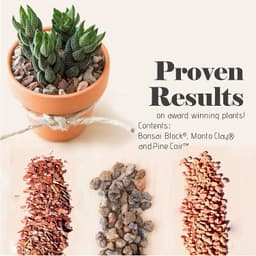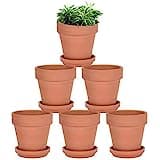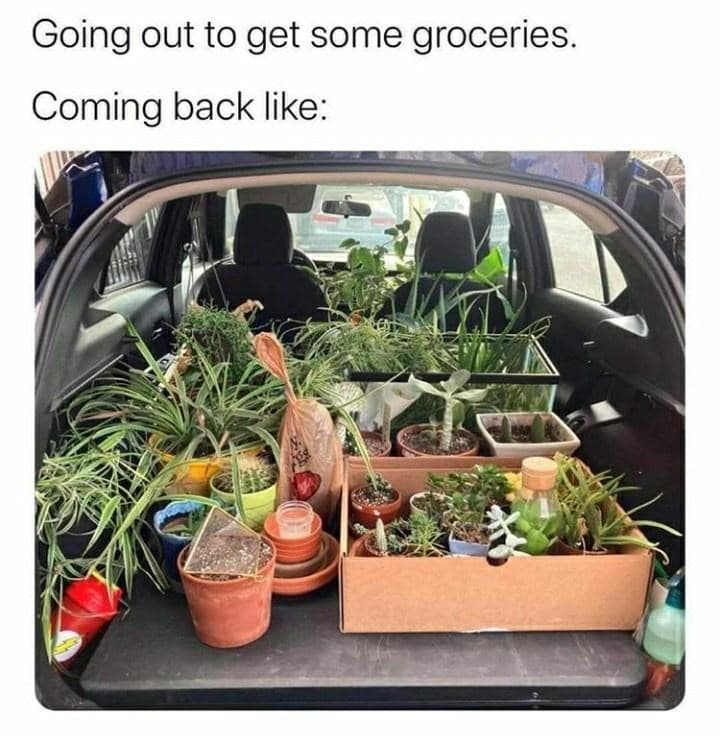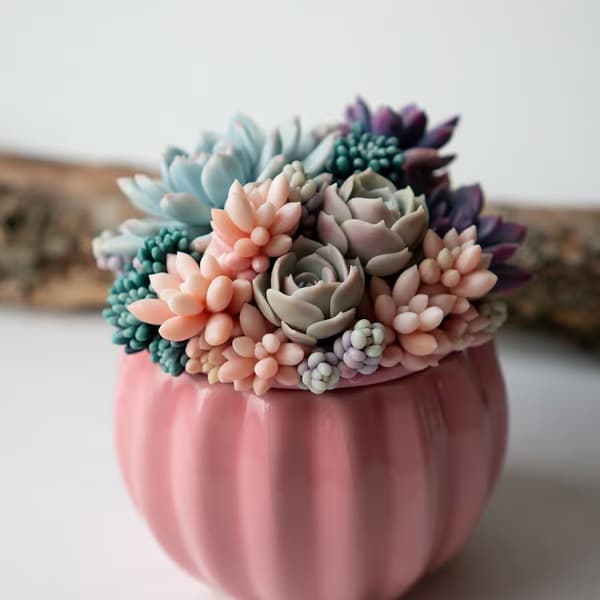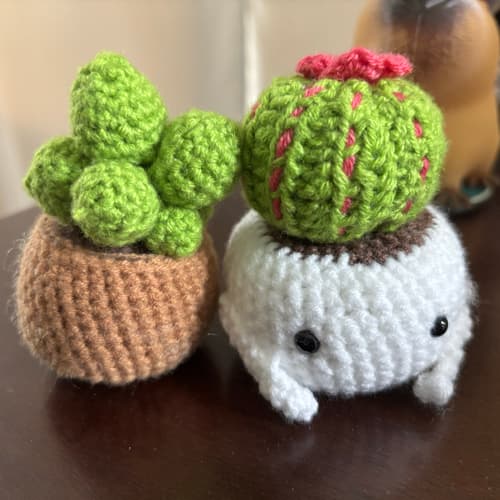Terms That You Should Know For Growing Succulents
Posted by Grace on February 7, 2023
Are you new to succulents? Confused by the jargon used by succulent enthusiasts? Don't worry! This article is for you. I will explain them to you.
Here are a list of common terms that people mention about succulents.
Butt
It refers to Lithops, a type of succulents, whose apparance looks like a human butt. Yes, it is a funny name, and may be NSFW. 🤣
Some people also think it looks like a human brain.
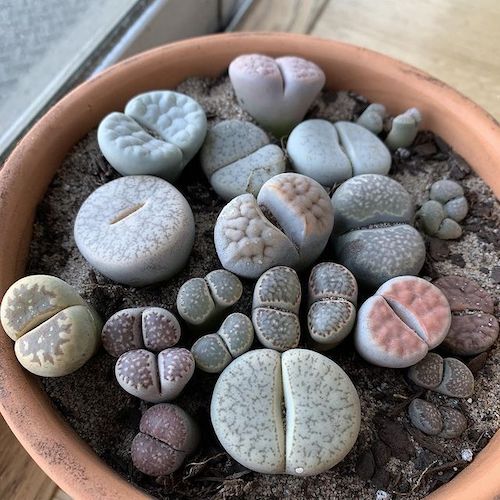 Do lithops look like butts?
Do lithops look like butts?
Clay Pots
A type of pot that is made from clay. Clay pots are commonly used for growing succulents, due to the material's porous nature that regulates soil moisture and prevent over-watering.
Cutting
A piece of a succulent plant that is cut and used to propagate a new plant. Succulent cuttings are often taken from the stem or leaves of the parent plant, and can be planted in soil or water to develop roots and grow into a new plant.
Drainage
The movement of water through soil, affecting soil aeration and root growth. Most succulents prefer great drainage.
Dormancy
A period of reduced growth or inactivity in a plant, typically during the winter months. During the dormancy, no need to water the succulents.
Elongate
The process of growth and increase in length of stems and leaves, leading to a stretching or lanky appearance. It is caused by insufficient light, improper watering, or high humidity.
Elongation is often an undesired characteristic, as it makes succulents look different from their typical compact looks.
Offset
A small plant that has developed as a vegetative reproduction from a parent plant. It is a clone of the parent plant and often appears as a rosette at the base of the stem or as offsets along the sides of the stem.
It is also called a pup.
Pests
Organisms that cause harm to plants, such as insects, fungi, and mammals. The most common pests for succulents are mealy bugs. 😱
Plump
An adjective to describe the appearance of the leaves or stems of the plant: full, round, and well-hydrated. This is a desirable characteristic in succulents, as it indicates that the plant is healthy and thriving.
Propagation
The process of producing new plants from existing ones, usually through cuttings or seeds. In another word, propagation is how you make more plants from one plant! 😉
 Propagation with leaf cuttings
Propagation with leaf cuttings
Pumice
A type of porous rock that is often used as an ingredient in potting mix or soil. Pumice is valued for its light weight and porous nature, which allows for good aeration and water drainage. So it is perfect for succulent plants.
Pup
A small plant that has developed as a vegetative reproduction from a parent plant. It is a clone of the parent plant and often appears as a rosette at the base of the stem or as offsets along the sides of the stem.
It is also called an offset.
Succulent pups can be detached from the parent plant and planted individually to form new plants. This is one of the ways to propagate.
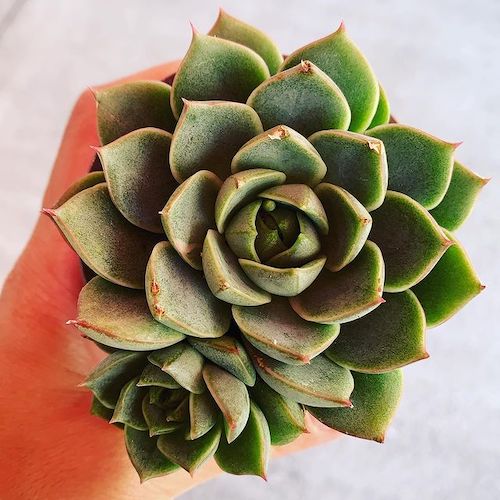 Echeveria fabiola with a pup
Echeveria fabiola with a pup
Repotting
The process of transferring a plant to a larger pot, usually when it has outgrown its current container. You usually need to repot your succulents when the root system is too big for the pot.
Rosette
A circular arrangement of leaves in a plant, often in a symmetrical pattern.
Soil
The material in which plants grow, consisting of organic matter, minerals, and microorganisms.

